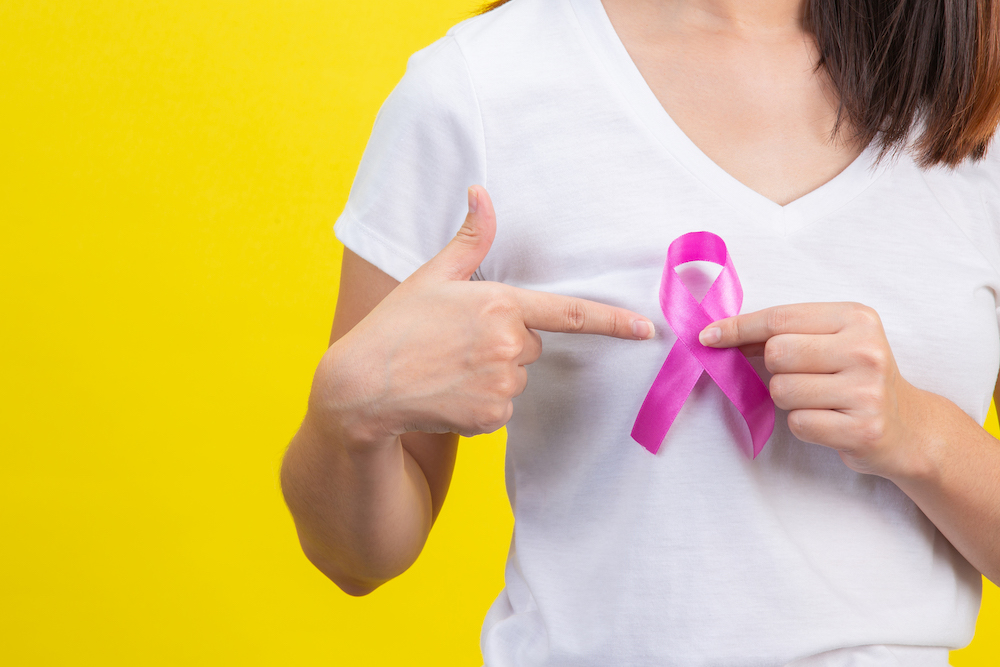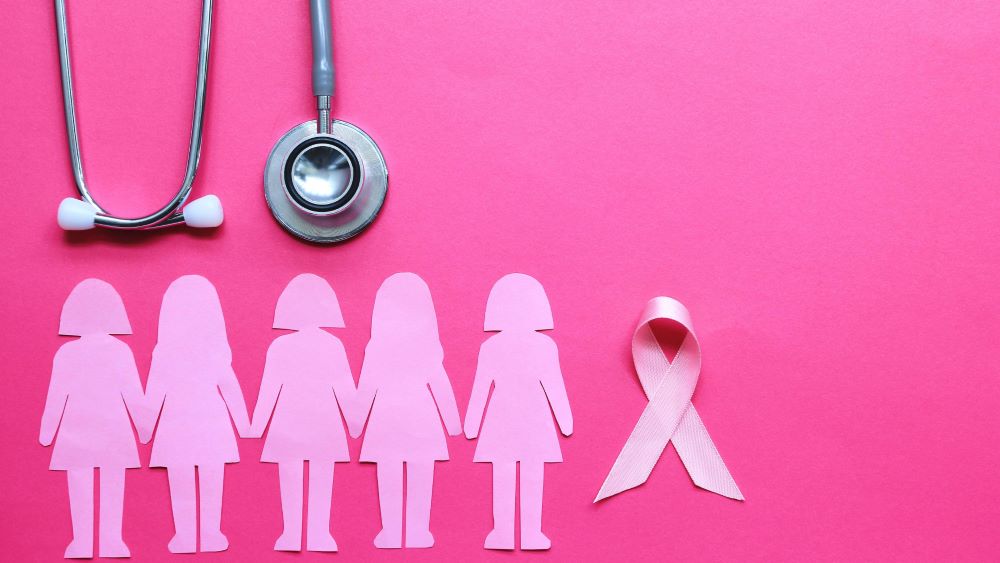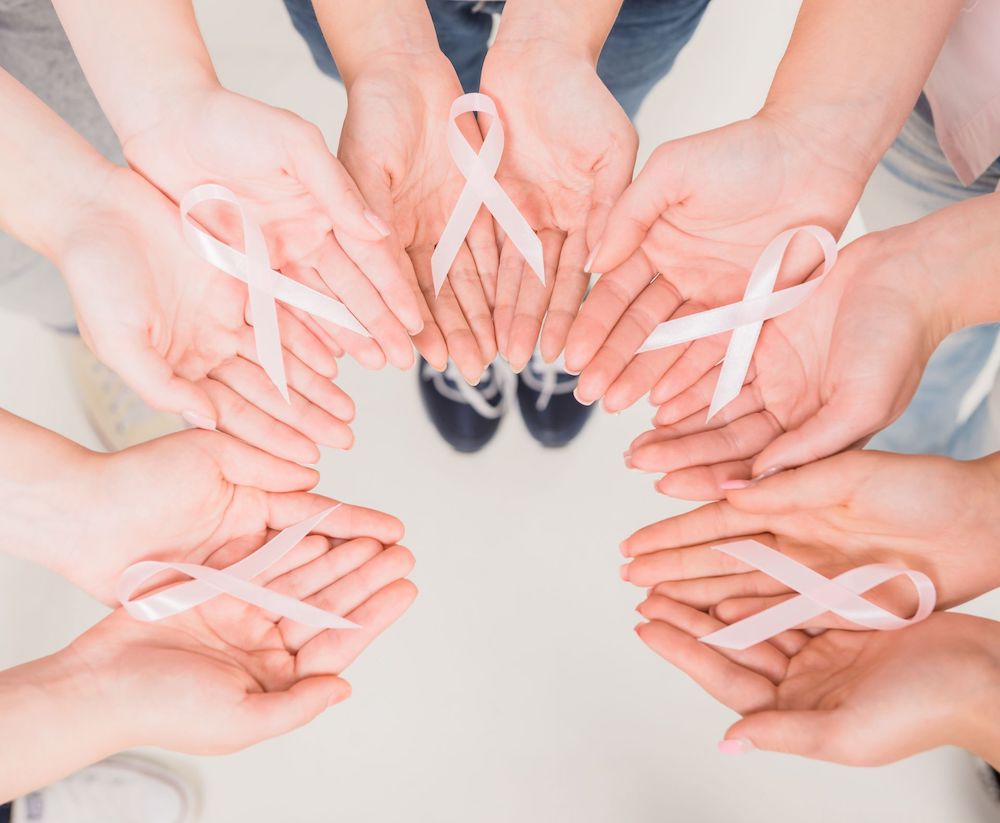
5 Live Music Events Incoming! Local Worcester MA News
Wondering what to do in Worcester MA? Well, good news, we have a lot to look forward to in the

Wondering what to do in Worcester MA? Well, good news, we have a lot to look forward to in the

Firstly, we want to congratulate you on doing the necessary research to be ready for your mammogram! Yes, getting a

Here at Pawsitively 4 Pink, Pride month is a big deal! We wanted to help celebrate by spreading important info

If you’re reading this, you’re probably looking for a way to help your community or a cause you’re passionate about

Spring is here and we all know what that means: We’re opening up our windows, letting the sun and fresh

So many environmental and lifestyle factors contribute to our overall physical and mental health, everything from the bread we toast

While one incredible aspect of your fight against cancer is realizing the mass quantity of people in your life that

This is a question that you shouldn’t have to worry about. Cancer is a life-altering and emotionally draining disease, and
Have you been looking for a way to give back to your community and make a positive impact? Supporting a

Breast cancer affects millions of women around the world. While it is often thought of as a single type, there
We use cookies
We use cookies and other tracking technologies to improve your browsing experience on our website, to show you personalized content and targeted ads, to analyze our website traffic, and to understand where our visitors are coming from. By browsing our website, you consent to our use of cookies and other tracking technologies.